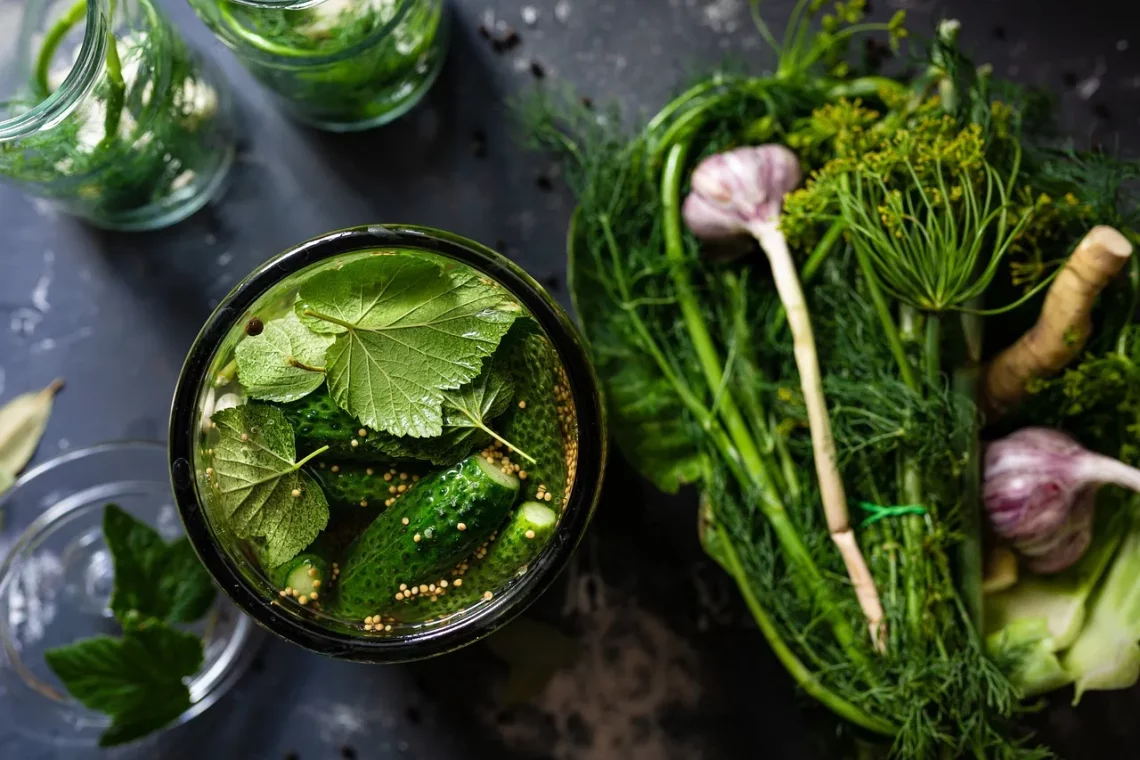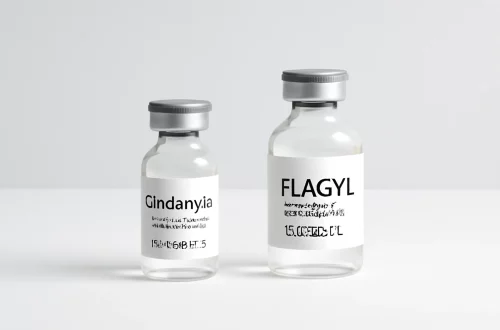
Can Guinea Pigs Have Celery? A Guide to Their Diet and Nutrition
Guinea pigs are adorable, social creatures that have become beloved pets for many families around the world. Their gentle demeanor and playful nature make them an ideal choice for pet lovers, especially children. One of the most crucial aspects of caring for these small animals is understanding their dietary needs. Unlike some pets that can thrive on a standard commercial diet, guinea pigs require a more specialized approach to nutrition.
Their diet must be rich in fiber to support their digestive health, and it should also include a variety of fresh vegetables and fruits to meet their vitamin and mineral requirements. As herbivores, guinea pigs naturally consume a wide range of plant-based foods, which means that their diet can be quite diverse. However, not all vegetables are suitable for them, and it’s essential for pet owners to know which foods are safe and beneficial.
In this context, celery often comes up as a potential treat or addition to a guinea pig’s diet. This crunchy vegetable is known for its high water content and low calories, making it an appealing option for many pet owners. However, the question remains: can guinea pigs have celery? Understanding the nutritional profile of celery and how it fits into a guinea pig’s overall diet is vital for ensuring the health and well-being of these delightful pets.
Nutritional Benefits of Celery for Guinea Pigs
Celery is a vegetable that boasts a variety of nutritional benefits, which can be advantageous for guinea pigs when offered in moderation. One of the most notable aspects of celery is its high water content, accounting for about 95% of its total weight. This makes it a hydrating snack for guinea pigs, particularly in warm weather or if they seem to be less inclined to drink water. Proper hydration is essential for guinea pigs, as it aids in digestion and helps maintain overall health.
Celery also contains essential vitamins and minerals that can contribute positively to a guinea pig’s diet. For instance, it is a good source of vitamin C, which is particularly important for guinea pigs due to their inability to produce this vitamin on their own. Vitamin C plays a crucial role in preventing scurvy, a disease that can occur in guinea pigs who lack adequate amounts of this nutrient. A small serving of celery can help meet their daily vitamin C needs when combined with other vegetables and supplements.
In addition to vitamin C, celery also contains small amounts of vitamin A, vitamin K, and folate. These nutrients contribute to overall health, including maintaining healthy skin, supporting bone health, and promoting proper cellular function. Celery is also low in calories, making it a healthy treat option for guinea pigs that need to maintain a healthy weight.
However, while celery does have its advantages, it is essential to consider its fiber content. Celery is not as high in fiber compared to other vegetables that guinea pigs typically consume, such as hay, bell peppers, or leafy greens. Therefore, celery should not be the primary source of nutrition for guinea pigs but rather an occasional addition to their diet. When introducing celery, it’s important to monitor your guinea pig’s reaction to it and ensure that it does not cause any digestive upset.
How to Safely Introduce Celery to Your Guinea Pig’s Diet
Introducing new foods to your guinea pig’s diet can be an exciting yet cautious endeavor. When it comes to celery, it is essential to take a gradual approach to ensure that your pet adjusts well to this new addition. Start by offering a small piece of celery—about one inch long—and observe how your guinea pig reacts to it.
Watch for any signs of discomfort or digestive issues, such as bloating, diarrhea, or a decrease in appetite. If your guinea pig seems to enjoy the celery and shows no adverse reactions, you can gradually increase the amount offered. However, moderation is crucial; celery should only be given as an occasional treat rather than a staple food.
Before offering celery, always wash it thoroughly to remove any pesticides or contaminants. It’s also a good idea to cut the celery into small, manageable pieces to make it easier for your guinea pig to eat. This not only helps prevent choking but also encourages them to munch on their treat.
It’s essential to remember that while celery can be a fun and healthy addition to your guinea pig’s diet, it should never replace their primary food sources. The foundation of a guinea pig’s diet should always consist of high-quality hay, which provides the necessary fiber to keep their digestive system functioning correctly. Fresh vegetables should complement this diet, with celery being just one of many options to choose from.
Additionally, guinea pigs have individual preferences, and not all may enjoy the taste or texture of celery. If your guinea pig does not seem interested in this vegetable, don’t force it. Instead, explore other safe vegetables and fruits that might appeal to your pet’s palate.
Other Vegetables and Treats for Guinea Pigs
While celery can be a delightful treat for guinea pigs, it is essential to have a well-rounded diet that includes a variety of vegetables. Guinea pigs thrive on a diverse selection of fresh produce, which ensures they receive a broad spectrum of nutrients.
Some excellent vegetable options for guinea pigs include bell peppers, which are high in vitamin C and come in various colors, making them visually appealing. Leafy greens such as romaine lettuce, kale, and parsley are also great choices. These greens provide essential vitamins and minerals while being high in fiber, which is crucial for digestive health.
Another excellent addition to a guinea pig’s diet is cucumbers. They are low in calories and high in water content, making them a refreshing treat, especially during warmer months. Carrots can be offered occasionally, but due to their sugar content, they should be given in moderation.
Fruits can also be included in a guinea pig’s diet, but like celery, they should be offered sparingly due to their sugar content. Safe fruit options include strawberries, blueberries, and apple slices (without seeds). Always ensure that fruits are fresh and free from any additives or preservatives.
When introducing new vegetables or fruits, always do so one at a time to monitor for any adverse reactions. This approach allows you to determine which foods your guinea pig enjoys and which ones may not agree with their digestive system.
It’s also beneficial to vary their diet regularly. This not only keeps mealtime interesting but also ensures that your guinea pig receives a balanced intake of nutrients. Remember that hay should always be available as the primary source of nutrition, with fresh vegetables and fruits serving as complementary treats.
Conclusion: A Balanced Diet for Happy Guinea Pigs
In conclusion, celery can be a safe and nutritious treat for guinea pigs when introduced appropriately and offered in moderation. While it provides hydration and essential vitamins, it should not be a primary component of their diet. A balanced diet for guinea pigs consists mainly of high-quality hay, supplemented with a variety of fresh vegetables and occasional fruits.
Always monitor your guinea pig’s health and behavior when introducing new foods, and ensure they have access to fresh water at all times. By providing a diverse and balanced diet, you can help ensure that your guinea pig remains healthy, happy, and full of life.
**Disclaimer:** This article is not intended as medical advice. For any health concerns regarding your guinea pig, please consult a veterinarian.



